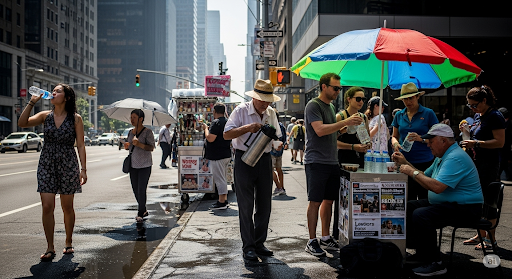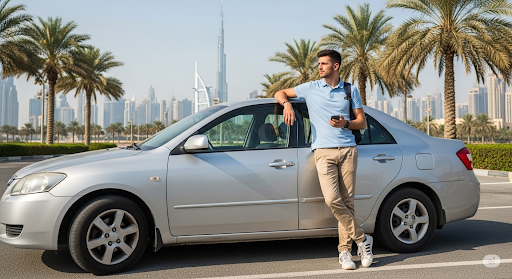Urban Green Spaces: The Future of Outdoor Living in European Cities by 2025
Urban Green Spaces are becoming increasingly important in European cities, and for good reason. Urban Green Spaces provide numerous benefits, including improved air quality, reduced noise pollution, and enhanced mental health. As we look to the future, it’s clear that urban green spaces will play a vital role in shaping the way we live, work, and interact with our surroundings.
What are Urban Green Spaces?
Urban green spaces refer to areas of land in urban environments that are dedicated to green infrastructure, such as parks, gardens, green roofs, and green walls. These spaces can be public or private and can range in size from small gardens to large parks.
Benefits of Urban Green Spaces
The benefits of urban green spaces are numerous and well-documented. Some of the most significant advantages include:
- Improved air quality: Urban green spaces can help to reduce air pollution by absorbing pollutants and producing oxygen.
- Reduced noise pollution: Green spaces can act as a buffer against noise pollution, creating a more peaceful environment for residents.
- Enhanced mental health: Spending time in nature has been shown to have a positive impact on mental health, reducing stress and anxiety.
- Increased biodiversity: Urban green spaces can provide a habitat for urban wildlife, helping to preserve biodiversity in urban areas.
The Future of Urban Green Spaces in European Cities
As we look to the future, it’s clear that urban green spaces will play an increasingly important role in European cities. By 2025, we can expect to see a significant increase in the number and size of urban green spaces, as cities prioritize sustainability and green infrastructure.
Case Studies: Successful Urban Green Space Projects in European Cities
There are many examples of successful urban green space projects in European cities. Some notable examples include:
- The High Line in London: An elevated park built on an old rail line, providing a unique green space for residents and visitors.
- The Park Avenue in Copenhagen: A green space that runs through the heart of the city, providing a peaceful oasis for residents and commuters.
- The Barcelona Green Ring: A network of green spaces that surround the city, providing a natural buffer against pollution and urbanization.
Challenges and Opportunities
While urban green spaces offer many benefits, there are also challenges to be addressed. Some of the key issues include:
- Funding: Creating and maintaining urban green spaces can be costly, requiring significant investment from cities and private investors.
- Space: Finding suitable locations for urban green spaces can be difficult, particularly in densely populated cities.
- Community engagement: Encouraging community involvement and engagement with urban green spaces is crucial to their success.
Conclusion
Urban green spaces are a vital component of sustainable and livable cities. As we look to the future, it’s clear that these spaces will play an increasingly important role in shaping the way we live, work, and interact with our surroundings. By prioritizing green infrastructure and urban green spaces, European cities can create healthier, more sustainable, and more livable environments for residents and visitors alike.



